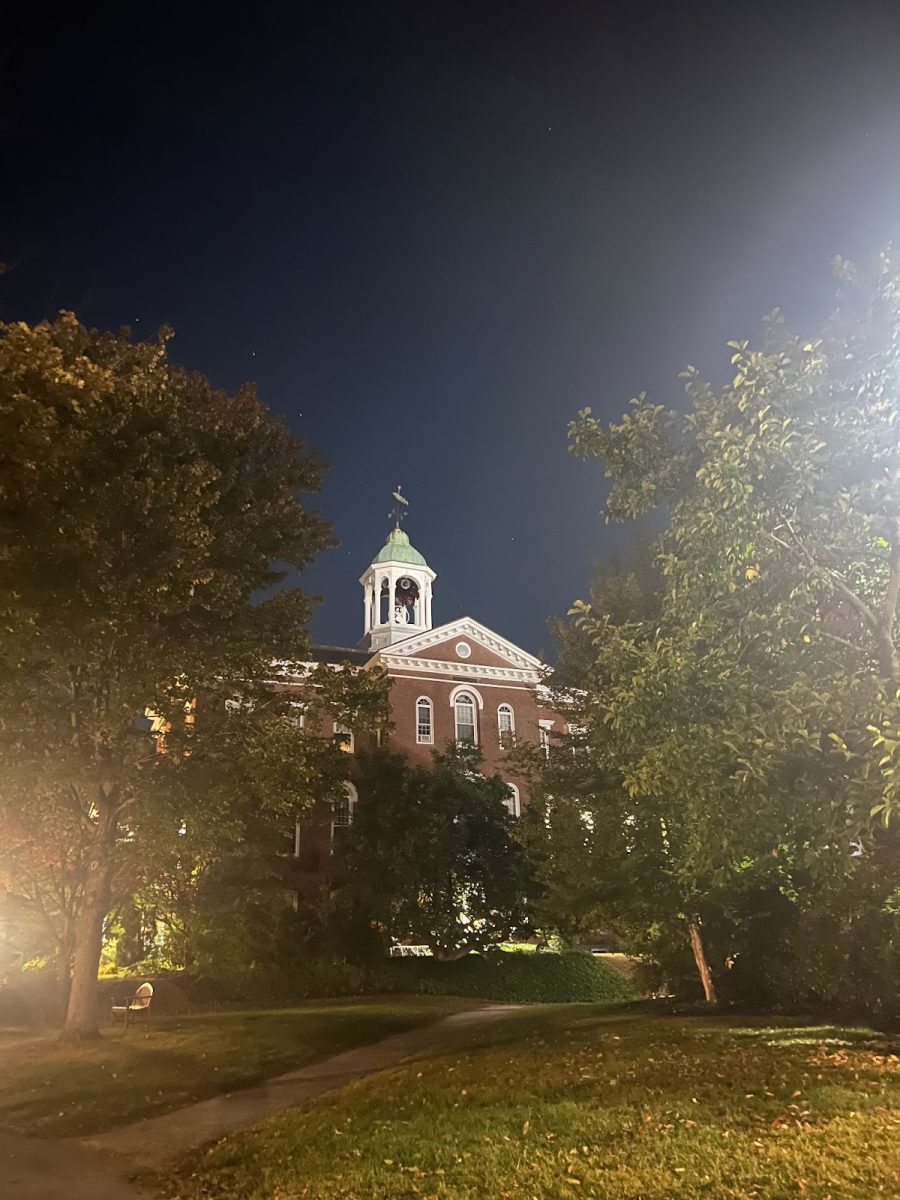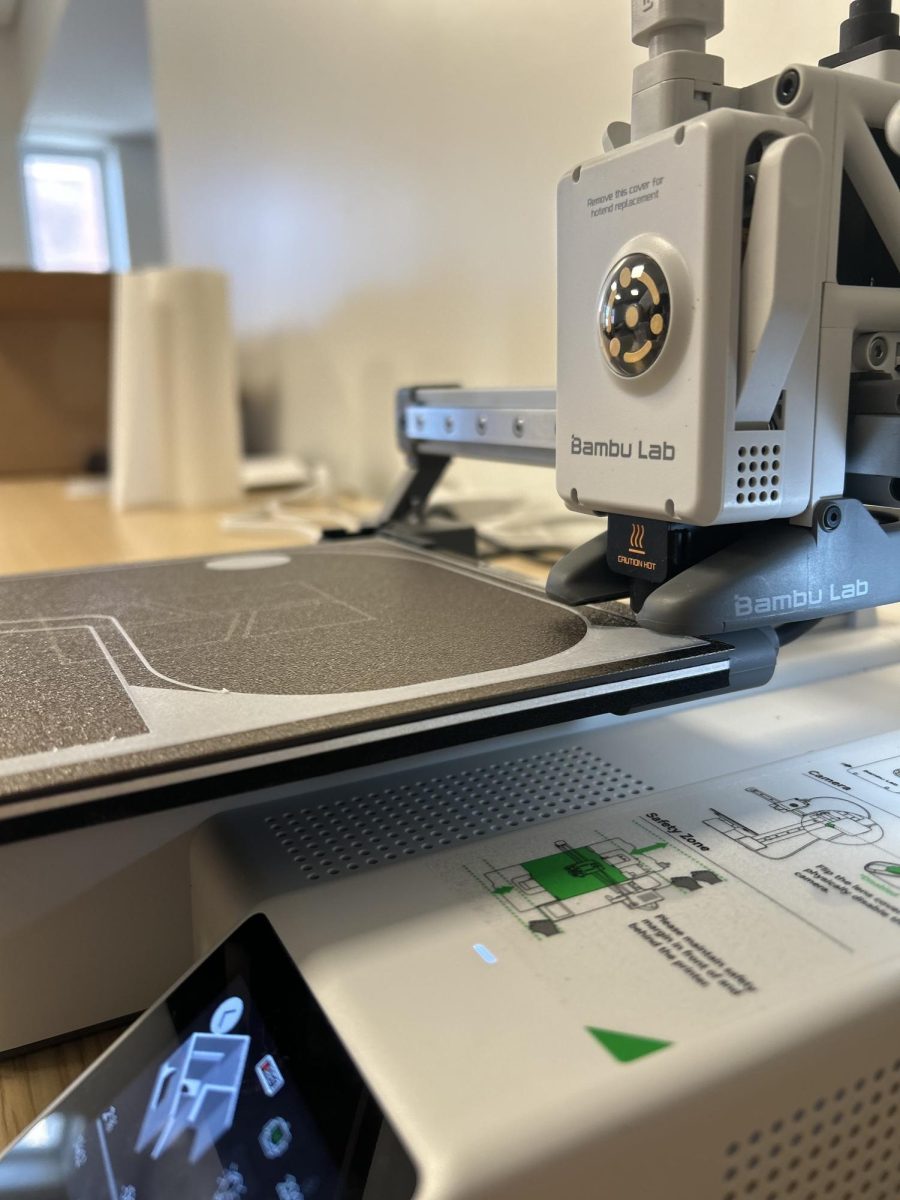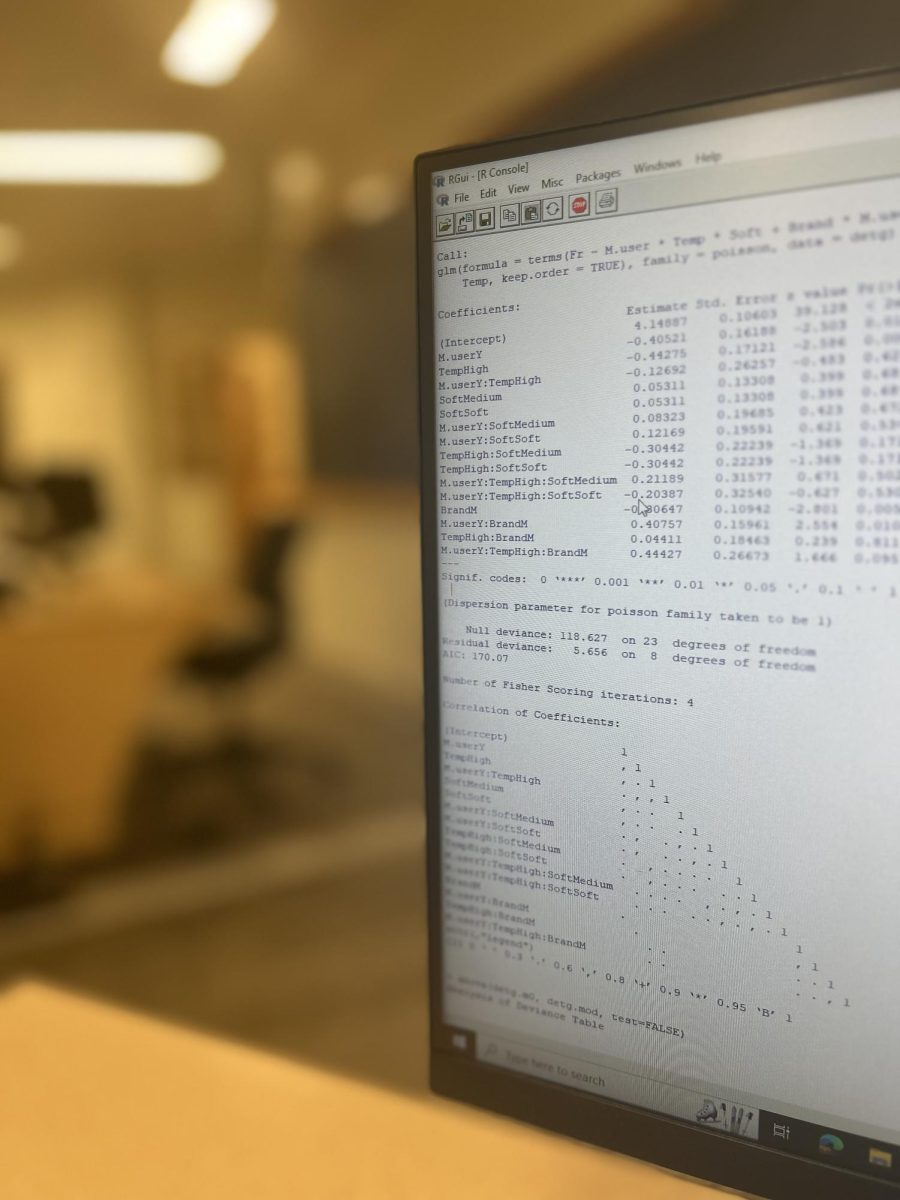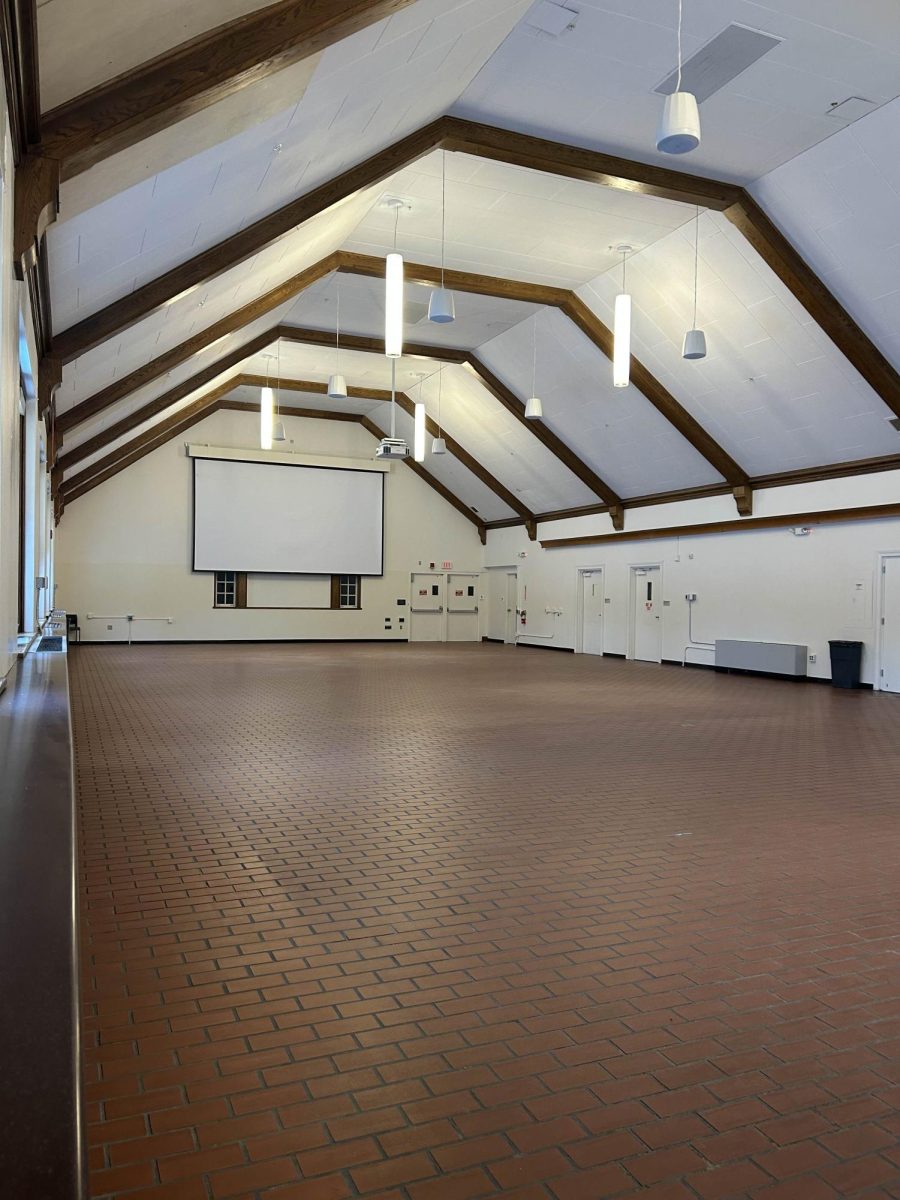On Sept. 27, Sasha Seroy spoke in front of a mixed crowd of both students and professionals in her seminar on “Phenotypic Plasticity in a Changing Ocean: Integrating Effects from Organisms to Populations.” Seroy is a PhD candidate at the University of Washington and part of a research team at Friday Harbor Labs where she explores the effects of climate change on marine species.
Her research specifically focuses on the phenotypic plasticity of marine organisms. This describes the ability of an organism to translate its genes into different physical characteristics based on different environmental conditions.
This can include changes due to competition between both members of its own species and other species, as well as an increased temperature and pH in ocean water.
Seroy’s interest in phenotypic plasticity and marine invertebrates was sparked while doing undergraduate research at Stone Brook University.
“I got hooked on the idea and continued to study it in other animal groups in graduate school,” she explained.
During the seminar, she presented her research on the aquatic invertebrate, bryozoan, which is a filter feeder that can be found in colonies on both the coast of Washington and in the state of Maine.
The organism is comprised of genetically identical animals that colonize, called zooids, nd use their leftover energy to reproduce after they have run out of room to grow. The zooids also possess a particular trait for when they are under stress in their environment that allows them to produce spines.
For this reason, Seroy and her research team can use the colony size of zooids as a proxy for fitness, and the presence of spines to sense whether the colony is under stress.
“My research has focused on how these prostheses on these different levels of organization are affected by ocean acidification,” Seroy explained during the seminar.
Her experiments not only have current implications to climate change, but they also incorporate modernized computer models that allow her to look at variables that cannot be measured in the field.
During the seminar, she compared results from an experiment done in the field using a picture of a zooid colony and compared it to the computer-generated version. The two images left the audience in pure amazement as they observed that the computerized image had gone so far as to correctly draw the shape of the individual zooids.
The overarching conclusions of Seroy’s experiment showed that on the zooid level, the spinal defenses were increasingly present in more acidic environments. On the colony level, growth occurred at the largest amount at a moderately acidic environment with a 7.6 pH.
In addition, the cost of defense was generally preserved when the ones that grew in the presence of predators had a relatively lower growth rate. Using the results from the zooids and colonies, at the population level, we see the cost of defense is definitely affected by both the zooid and colony-level processes.
She explained that the results are interesting “because it lets us think about when certain trade-offs are more extreme and less extreme at different pHs, and we still see that a moderately low pH, 7.6, comes out on top as having the biggest positive defense regardless of the population density.”
Outside of conducting her research, Seroy has also found a way to communicate her findings to the general public by creating comic strips. Her interest in this form of science communication stemmed from an assignment in graduate school where she had to introduce groups of invertebrates in a creative way. You can now find her comics on interviewswithinvertebrates.com or her twitter page @IWIcomics.
“In my experience comics have been a great way to communicate science because the barrier for entry is low. It is a friendly visual format that is accessible and engaging,” Seroy said.
Throughout the week leading up to her seminar, Seroy worked with Bates students on their trip to the Maine coast as part of the introductory level biology class, Bio 195: Marine Biology in a Changing Ocean.
Her advice for the aspiring biologists here at Bates is to make connections with professors and value the importance of mentorship. She said without the “encouragement and networking provided by my awesome undergraduate adviser, I would not be where I am today.”








Dan • Oct 2, 2019 at 10:31 AM
A zooid that can protec and attak